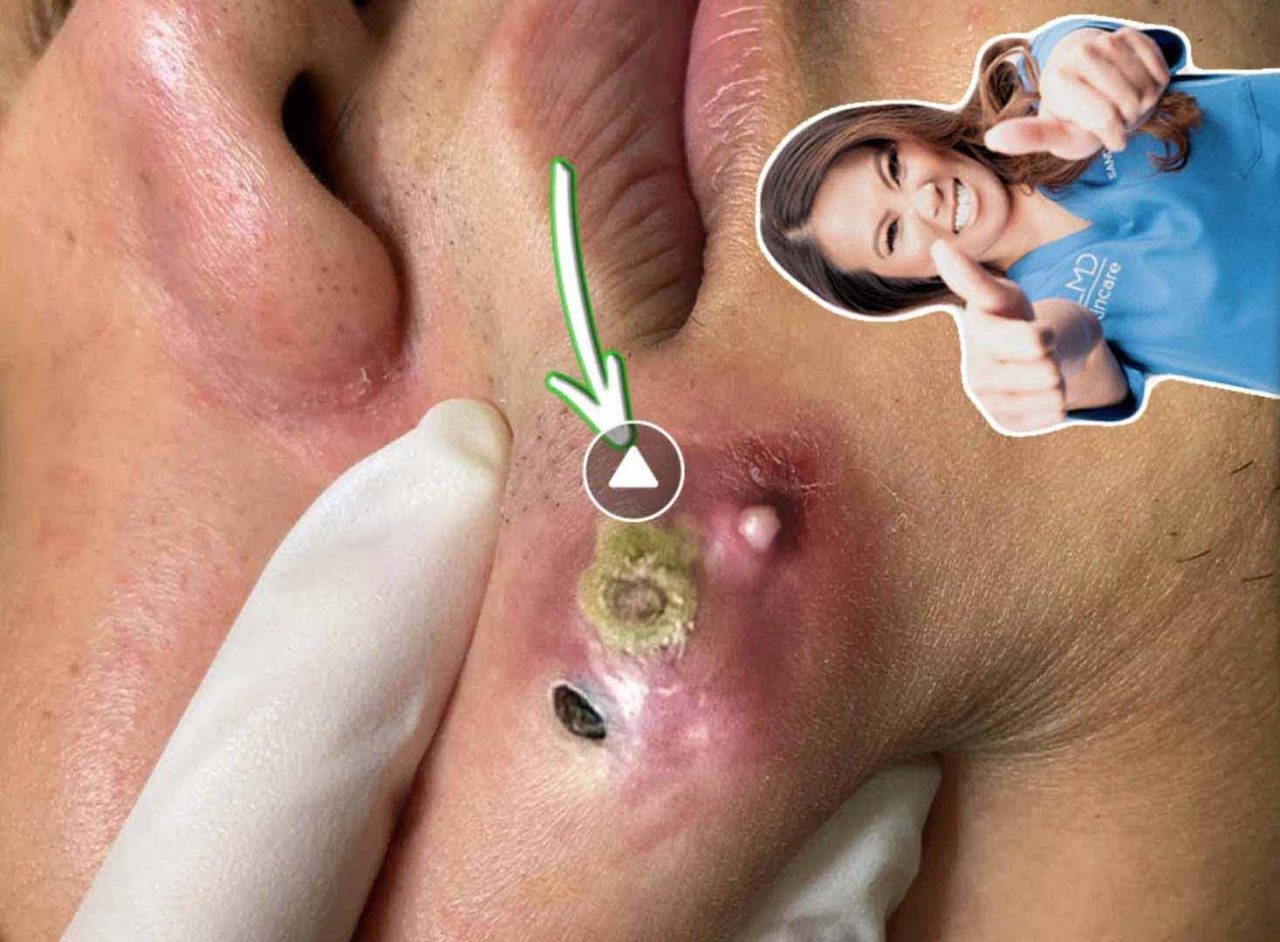Understanding Complex Abscesses
An abscess is a localized collection of pus caused by infection. Complex abscesses differ because they:
-
Occur in deeper tissues or difficult-to-access areas.
-
Have multiple interconnected pockets.
-
Often involve sinus tracts—channels that connect the abscess to the skin surface or other structures.

Key Causes and Risk Factors
-
Chronic infections (e.g., pilonidal disease, hidradenitis suppurativa)
-
Poorly controlled diabetes
-
Weakened immune system
-
Previous incomplete drainage
Treatment Steps for Complex Abscesses
✅ 1. Accurate Diagnosis
-
Clinical examination combined with ultrasound or MRI for mapping sinus tracts and abscess depth.
✅ 2. Drainage Technique
-
Incision & Drainage (I&D) remains the cornerstone but is more extensive in complex cases.
-
Multiple incisions or counter incisions may be needed for full drainage.
-
Placement of drains or setons in sinus tracts to keep pathways open for healing.
✅ 3. Infection Control
-
Empiric antibiotic therapy, adjusted after culture results.
-
Broad-spectrum antibiotics for deep or systemic infection.
✅ 4. Wound Care & Recovery
-
Daily wound irrigation to prevent re-accumulation of pus.
-
Regular dressing changes under sterile conditions.
-
Consider negative pressure wound therapy (NPWT) for large wounds.
Sinus Tracts: Why They Matter
Sinus tracts can delay healing and lead to chronic drainage. Persistent tracts may require:
-
Surgical excision of the entire tract.
-
Fistulotomy or flap procedures in certain anatomical regions.
Recovery and Prevention
-
Healing can take weeks to months depending on depth and complexity.
-
Patient education on hygiene, blood sugar control, and follow-up care.
-
In recurrent cases, lifestyle changes and surgical correction may be necessary.
✅ Bottom Line:
Managing complex abscesses requires more than simple drainage. A structured approach involving imaging, advanced surgical techniques, infection control, and wound management ensures optimal recovery and prevents recurrence.



